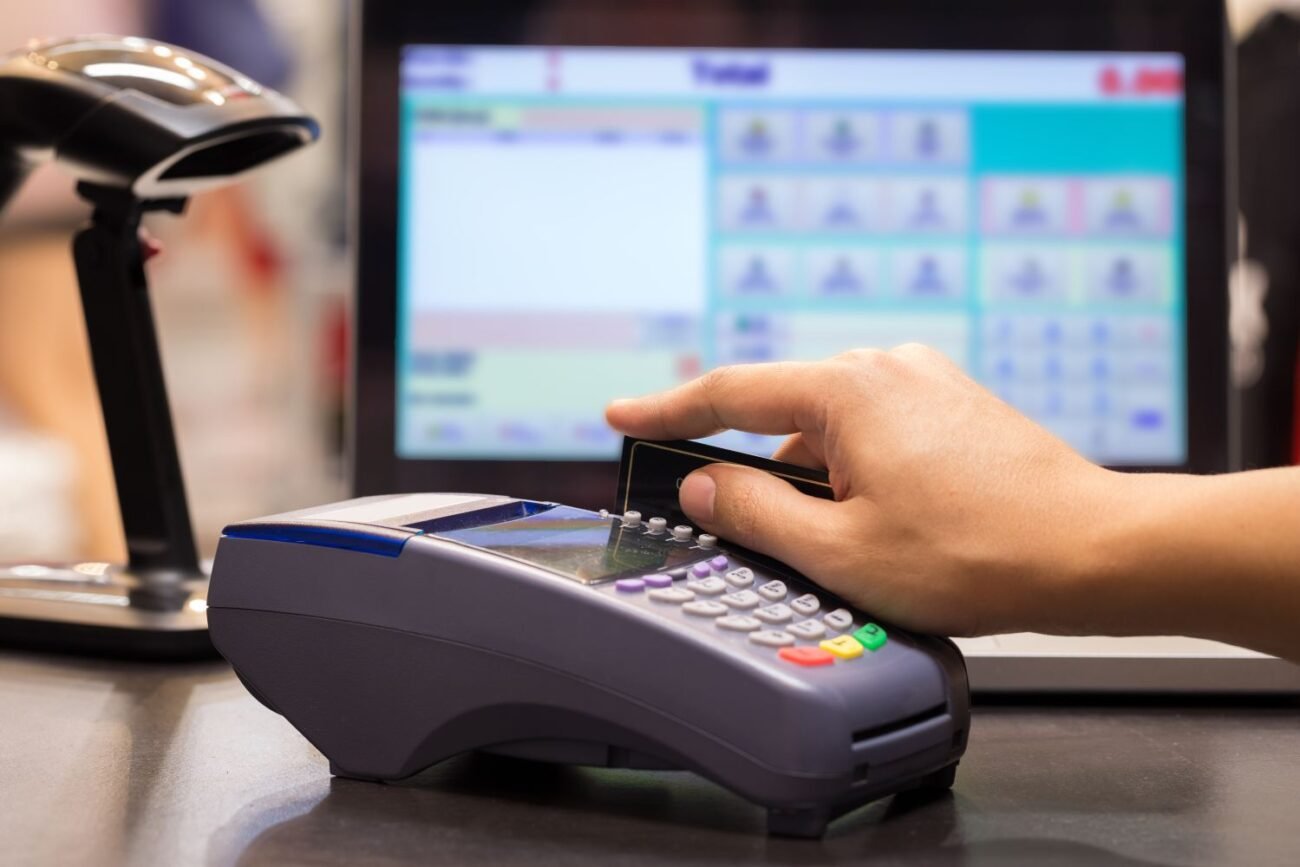Return fraud isn’t slowing down — retailers shouldn’t either
https://a-us.storyblok.com/f/1021220/1500×1000/ac784e2b79/credit-card-cash-register-2025-1500×1000.jpg
Return fraud isn’t slowing down — retailers shouldn’t either
How fraud is evolving in the online retail world
Today’s return fraud tactics are more creative and harder to catch. According to Sobie, some of the most common schemes include:
-
Empty box/box of rocks: Sending back a package that’s scanned and refunded, but the product inside is missing or replaced.
-
Label tampering: “Fake Tracking ID” techniques trick the system by sending the return to a similar but false address in order to trigger the refund when the package is scanned by the carrier.
-
Price switching: Returning a product that is similar to the product purchased — but ultimately worth less — and then keeping the product with the higher value.
-
Overstated quantity: Returning fewer products than what the return forms claim.
-
No-proof returns: Taking advantage of retailers that don’t require receipts.
“One of the challenges with fraud is, it’s kind of a game of Whac-A-Mole,” Sobie said. Fraud tactics shift constantly, making it hard to keep up. This is especially the case with returns by mail, he said. “If you’re refunding at the time the item is scanned by the carrier, but you have no idea what’s in the box, you’ve left yourself very susceptible to fraud.”
3 ways retailers can combat return fraud
Sobie outlined several ways retailers can defend themselves while still maintaining a positive return experience for honest shoppers.
1. Rethink your return policies and procedures
According to Sobie, retailers need to review not just their policies, but their systems. “The process and where the refund is issued are just as important as how the policy is defined,” he said.
That includes questions like: At what point is a refund triggered? Is sacrificing customer convenience in order to facilitate in-person returns worth mitigating risk? Are you leveraging item verification or barcode scanning at drop-off to ensure the right items are returned before issuing refunds? Is your return window leaving you open to abuse?
“It may no longer be a world where one size fits all,” Sobie said — especially when it comes to return methods.
2. Leverage technology to predict and prevent fraud
Sobie said new tools are helping retailers go beyond just catching fraud after the fact.
“There are new technologies being implemented to not just stop [fraud] at the point it’s happening, but actually predict it,” he said. This includes machine learning to flag high-risk return patterns and secure QR codes to make return labels harder to tamper with. Better tracking systems can also help identify inconsistencies early.
3. Prioritize the customer experience
Even with fraud on the rise, most customers aren’t trying to cheat the system. “Most people are good actors. Most transactions are not fraudulent,” Sobie said. “What we’re talking about are the exceptions.”
Prioritizing ease and trust in the return process is still essential. “Convenience and ease in returns will generate loyalty from shoppers,” he said. Finding ways to protect the business without punishing good customers is key.
Staying sharp as return fraud evolves
Retailers may not be able to eliminate return fraud completely, but with the right mix of technology, thoughtful policy and customer awareness, they can stay one step ahead.
To learn more about return trends and tools, check out the NRF and Happy Returns Report and explore resources from NRF PROTECT.


